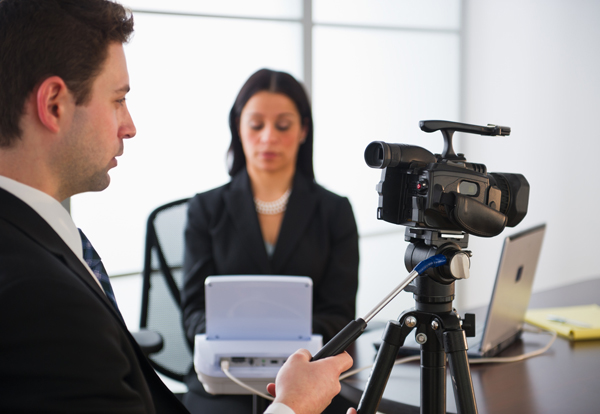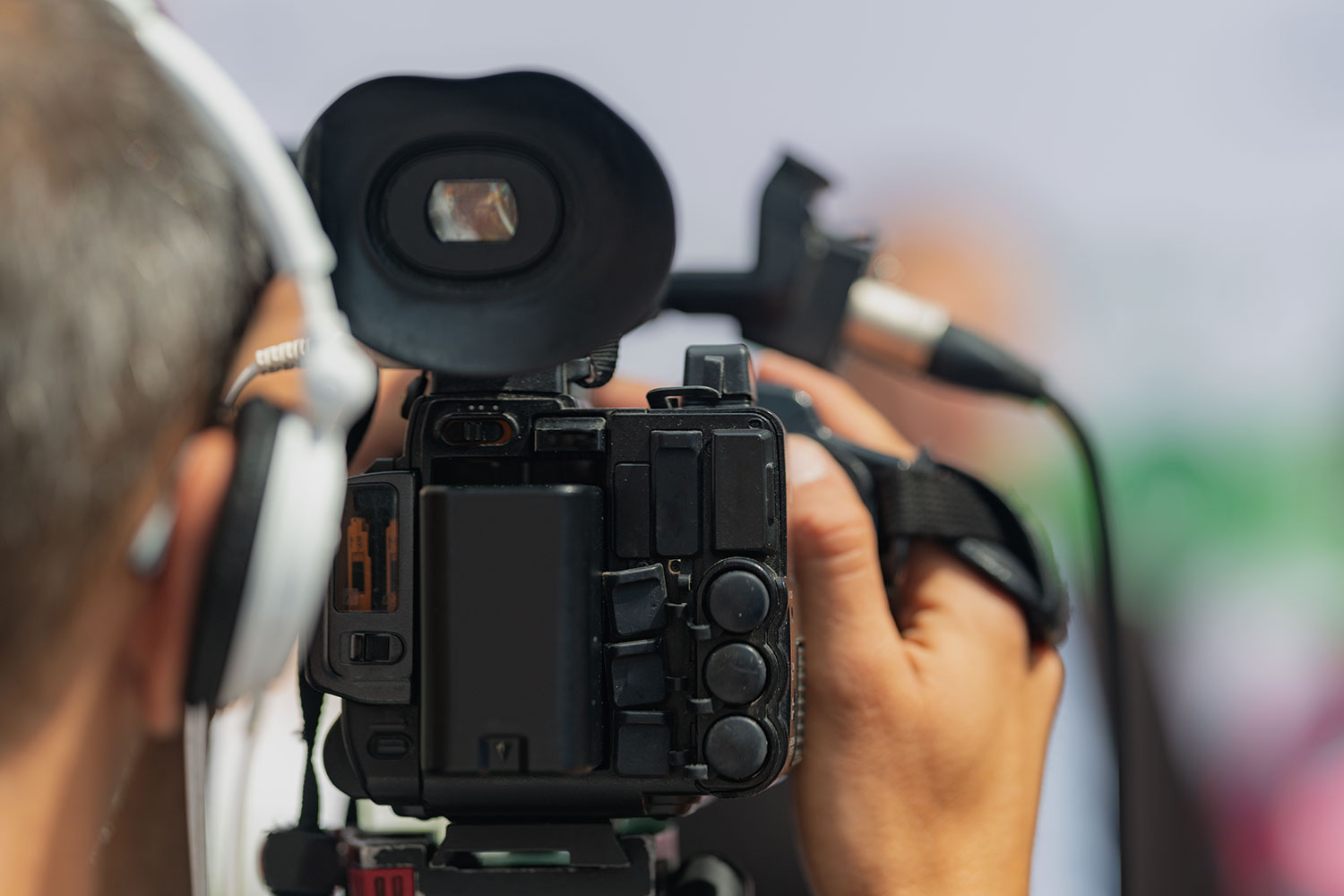The Ultimate Guide to Legal Videography for Lawyer and Legal Teams
The Ultimate Guide to Legal Videography for Lawyer and Legal Teams
Blog Article
Exploring the Mechanisms of Lawful Videography: Unveiling Its Operation in Safeguarding Genuine Aesthetic Testimony for Judicial Procedures
In the world of judicial process, the duty of legal videography stands as a cornerstone in preserving and presenting visual evidence. As modern technology remains to breakthrough, the systems behind legal videography have come to be significantly intricate, offering an important layer of authenticity to testaments caught on video clip. By delving right into the operational intricacies of lawful videography, one can discover the precise procedures that safeguard the integrity of visual proof provided in courtrooms - Legal Videography. This expedition not only clarifies the historical development of legal videography however additionally means the future fads that may further change exactly how visual testimonies are promoted in the realm of justice.
Historical Development of Legal Videography
Taking a look at the historical progression of legal videography discloses a significant improvement in the recording and presentation of visual evidence within the legal landscape. In the past, lawful proceedings heavily depended on created records and photographs to record events and offer proof. With the advent of video technology, the legal market experienced a paradigm change in just how aesthetic testimony was captured and offered.
The evolution of legal videography can be mapped back to the late 20th century when developments in video recording tools made it more available for use in courts. This technical development not only enhanced the precision and reliability of visual evidence yet additionally revolutionized the way cases were presented to juries and judges (Legal Videography). Attorneys started to recognize the persuasive power of video recordings in communicating emotions, nuances, and non-verbal signs that created records or pictures alone might not capture effectively

Modern Technology Innovations in Video Clip Paperwork
What vital technical innovations have revolutionized video paperwork in the lawful area? The lawful field has seen considerable improvements in video documentation technology that have boosted the credibility and dependability of visual proof in judicial procedures. Among the crucial improvements is high-definition (HD) video clip recording capacities, which give crystal-clear pictures and sharp details that are important for properly catching testimonies, face expressions, and various other visual signs. Furthermore, the integration of timestamping and metadata attributes in video documents devices has actually allowed precise documentation of when and where the video clip was tape-recorded, ensuring the honesty of the proof provided in court.
In addition, developments in video clip encryption and watermarking technologies have strengthened the safety and tamper-proof nature of video clip evidence, guarding it against unauthorized changes or tampering. In addition, the arrival of cloud storage options and remote accessibility capabilities has structured the storage space, retrieval, and sharing of video evidence, promoting seamless cooperation amongst legal professionals and making certain effective accessibility to critical visual testaments when required. These technical innovations in video clip paperwork have actually most certainly reinvented the lawful field, boosting the precision, integrity, and admissibility of visual proof in judicial procedures.
Function of Legal Videographers in Courtroom Settings
The evolution of video documents technology in the lawful area has necessitated a vital duty for legal videographers in courtroom setups, guaranteeing the honesty and reliability of aesthetic testaments provided throughout judicial procedures. Legal videographers play a basic function in recording and maintaining precise visual proof that can be pivotal in court cases. Their responsibility includes setting up tools, taping proceedings, and producing high-quality video clips that accurately show the events in the courtroom.
Furthermore, legal videographers typically function closely with legal teams to guarantee that the video proof straightens with the case's requirements and can be efficiently offered in court to support the legal arguments being made. Generally, the function of lawful videographers in courtroom setups is essential in maintaining the principles of justice and ensuring the openness of legal procedures. Legal Videography.

Ensuring Admissibility and Stability of Video Clip Proof
To maintain the credibility of aesthetic proof offered in lawful proceedings, making certain the admissibility and stability of video proof his comment is here is a critical duty for lawful videographers. Admissibility describes the acceptance of evidence by the court, and for video evidence to be acceptable, it has to satisfy certain requirements. Legal videographers play an essential duty in making sure that the video clips they catch abide by the guidelines of evidence, such as dependability, relevance, and credibility.
Honesty of video evidence entails maintaining the originality and precision of the video footage from the time it is taped until it is presented in court. This includes securely keeping the video files, recording the chain of safekeeping, and preventing any meddling or changes. Lawful videographers should comply with stringent methods to assure the stability of the video proof and protect against any obstacles to its credibility.
Future Trends in Legal Videography
Given the enhancing reliance on innovation in legal proceedings, legal videographers are poised to welcome cutting-edge developments shaping the future of aesthetic statement capture and presentation. One of the popular fads imminent is the integration of virtual fact (VR) and enhanced truth (AR) modern technologies into legal videography. These technologies have the potential to reinvent just how aesthetic evidence exists in courtrooms, enabling juries and judges to submerse themselves in the scene of the criminal offense or why not try these out case.
In addition, using synthetic knowledge (AI) formulas for video evaluation is anticipated to enhance the process of assessing and assessing huge amounts of video clip footage. AI can aid in determining essential moments, abnormalities, and patterns within videos, enhancing the effectiveness of legal investigations.

Final Thought
To conclude, lawful videography has actually played a critical duty in supplying authentic aesthetic proof for judicial procedures. Via technical developments and the proficiency of lawful videographers, the integrity and admissibility of video linked here evidence are ensured in court setups. As legal videography proceeds to develop, it will certainly be vital to support requirements that keep the accuracy and reliability of aesthetic testimony for the future of legal process.
Examining the historic progression of legal videography discloses a significant change in the recording and discussion of visual evidence within the legal landscape.The advancement of video clip paperwork technology in the legal field has required a crucial duty for legal videographers in courtroom setups, ensuring the integrity and dependability of aesthetic testaments offered during judicial process. Furthermore, legal videographers often work carefully with lawful groups to ensure that the video evidence aligns with the situation's requirements and can be successfully offered in court to sustain the lawful disagreements being made.To maintain the trustworthiness of visual evidence presented in legal procedures, making sure the admissibility and stability of video proof is an important duty for legal videographers. As lawful videography proceeds to advance, it will certainly be necessary to promote standards that keep the precision and dependability of visual testimony for the future of lawful procedures.
Report this page